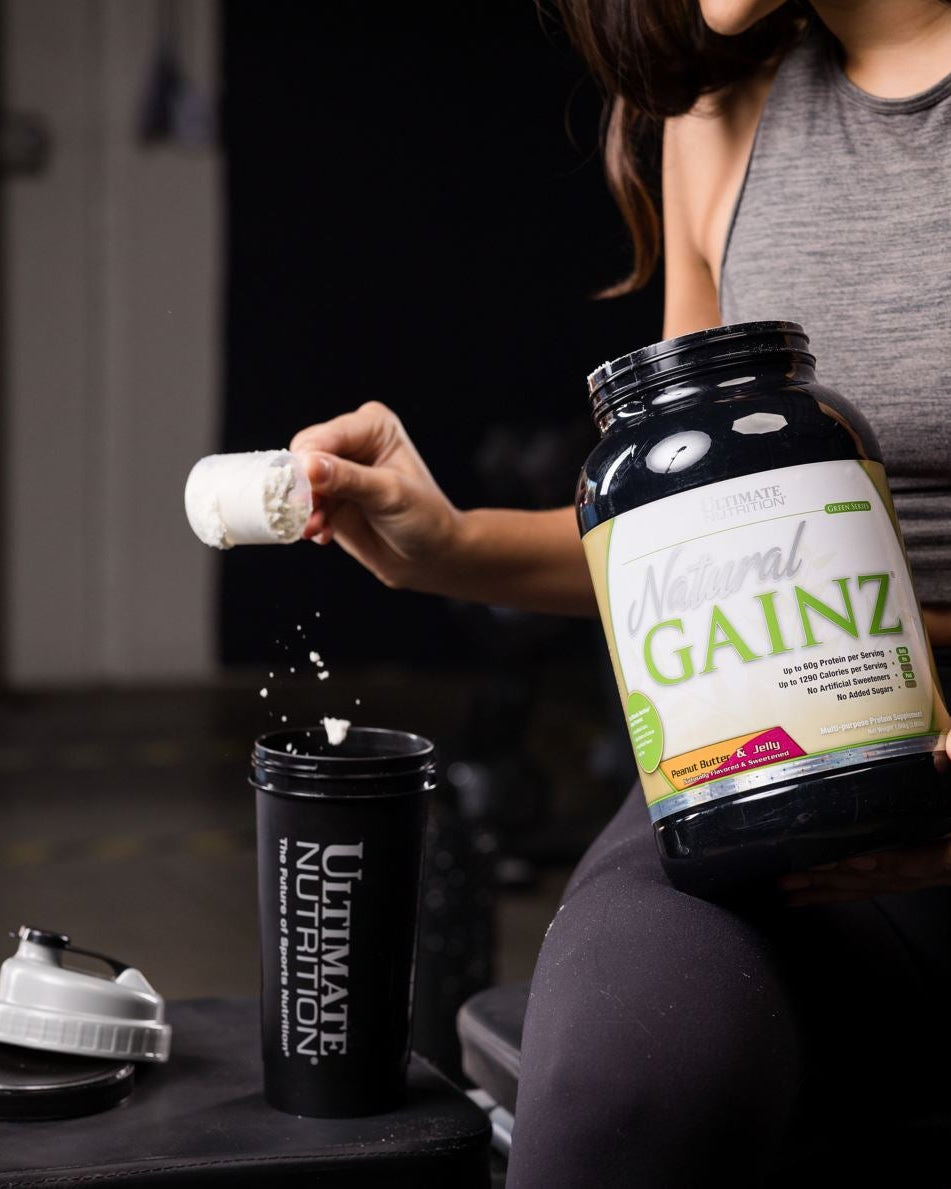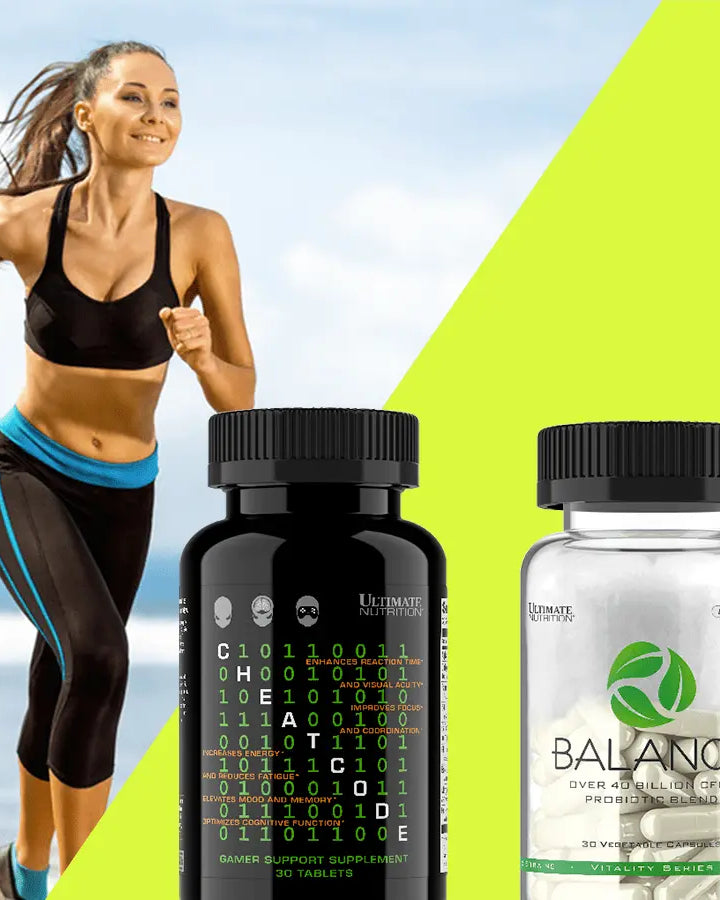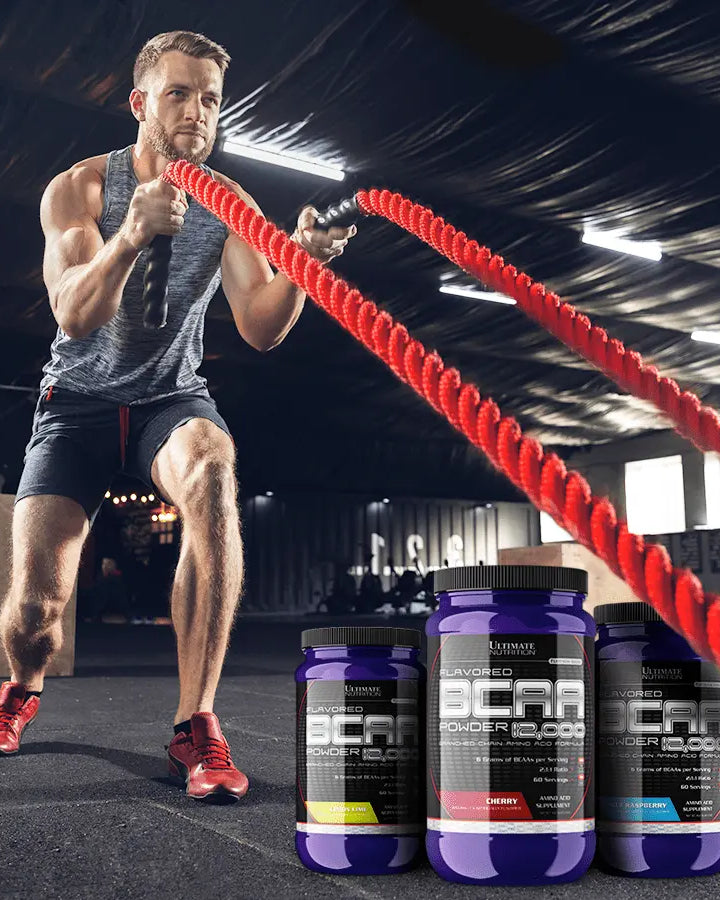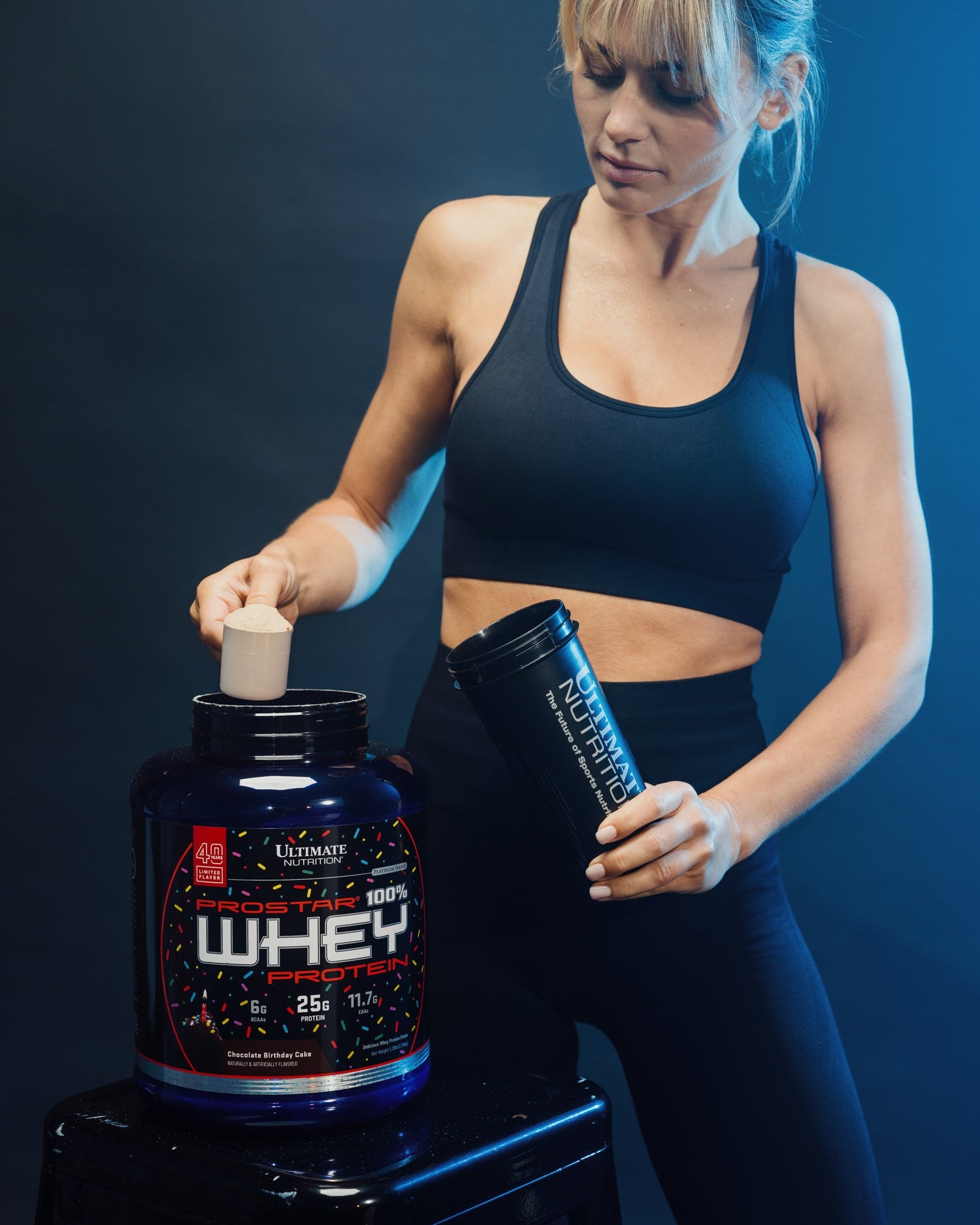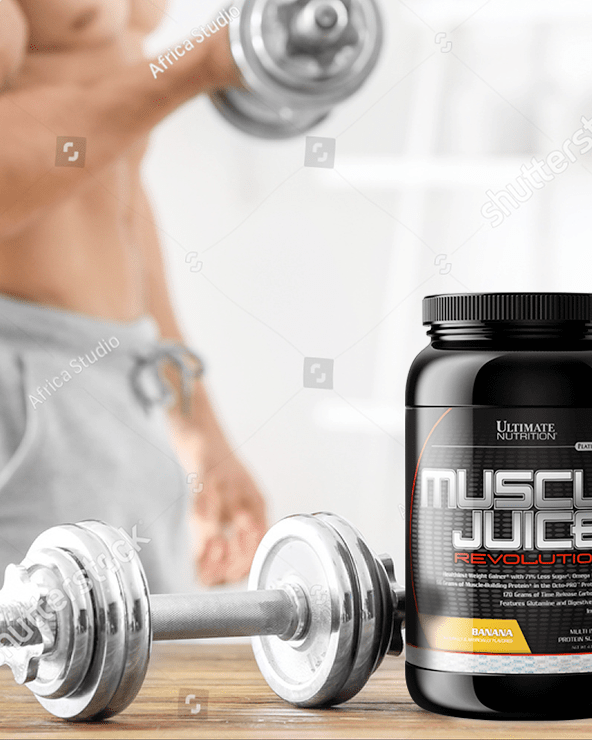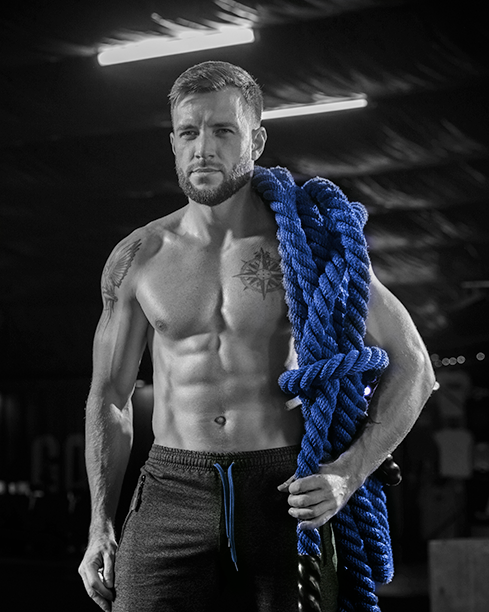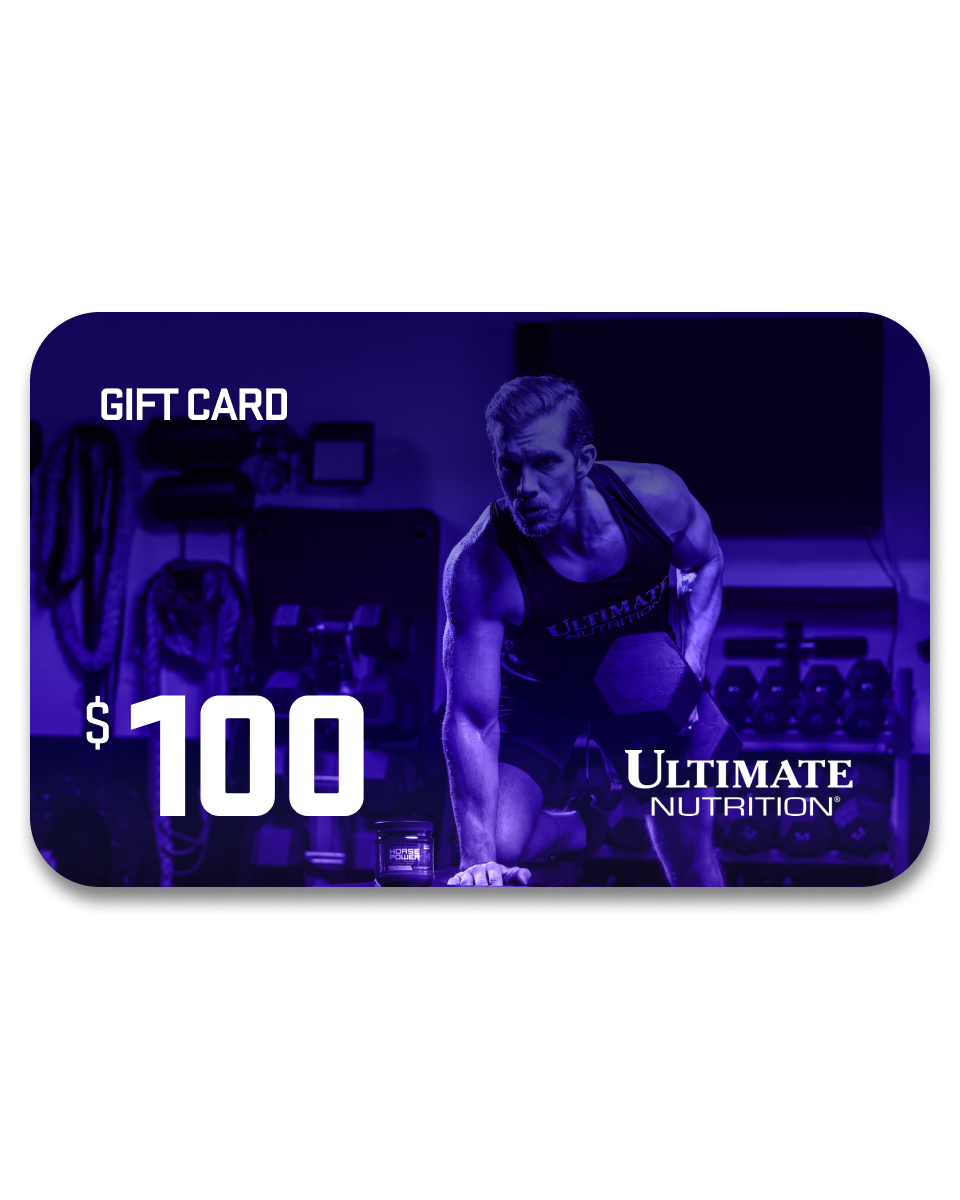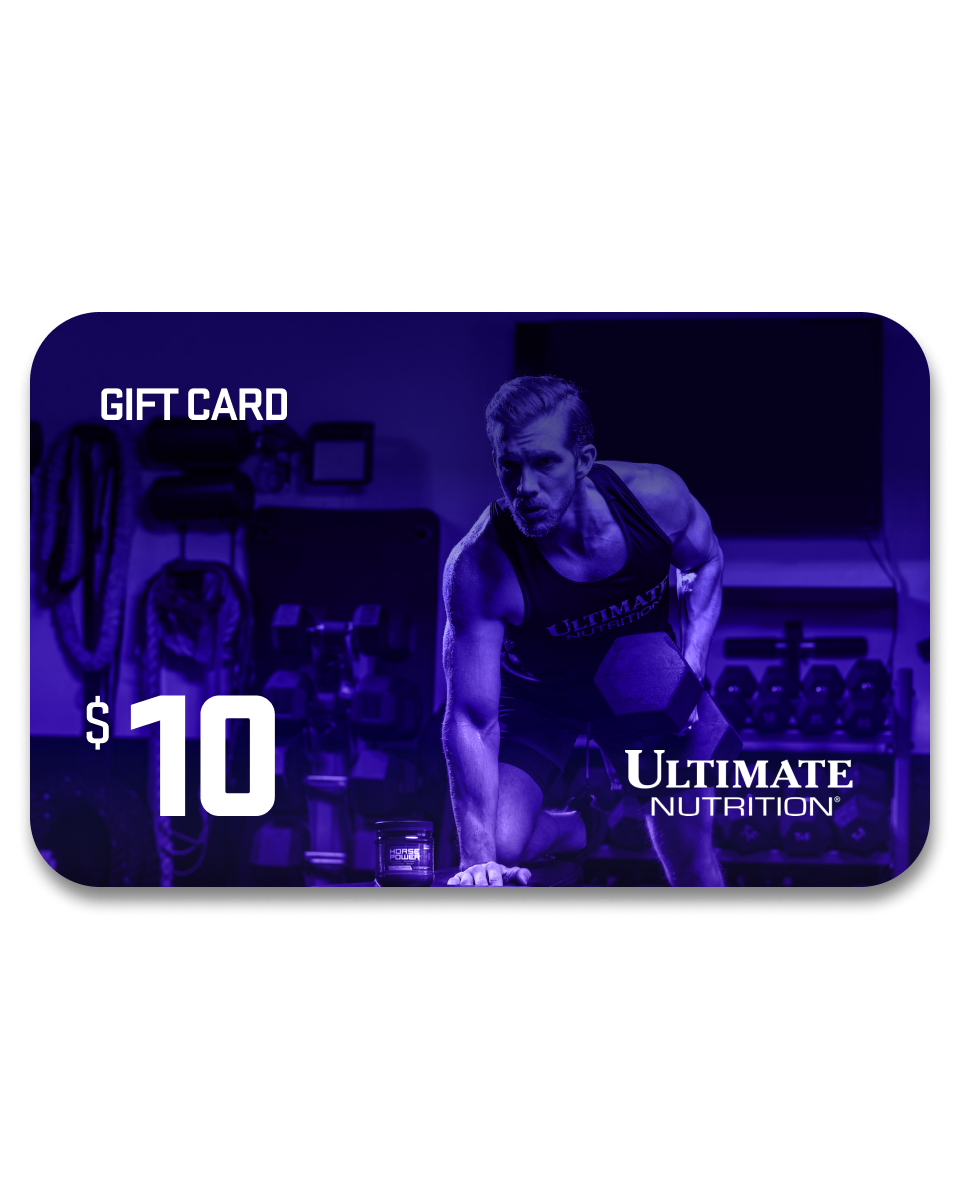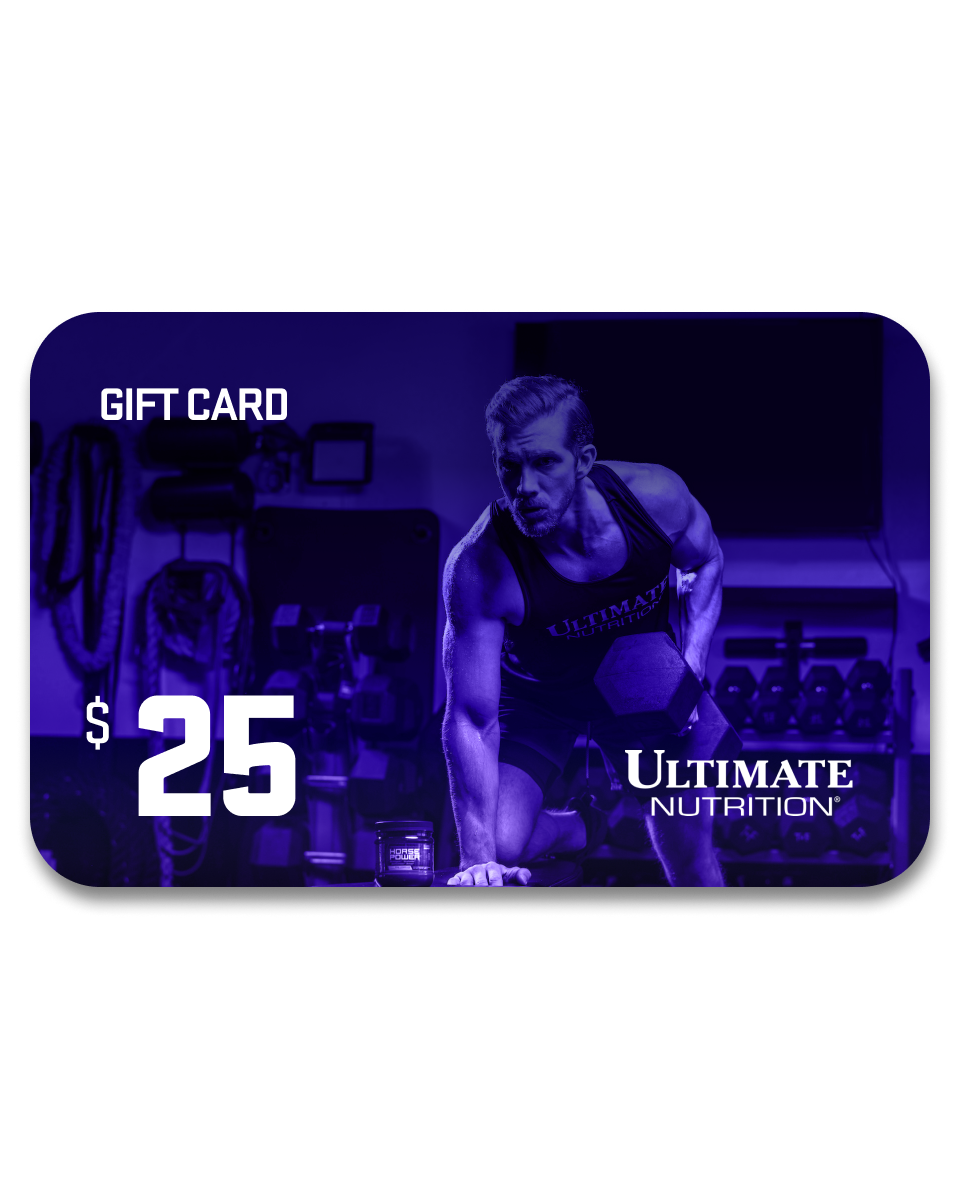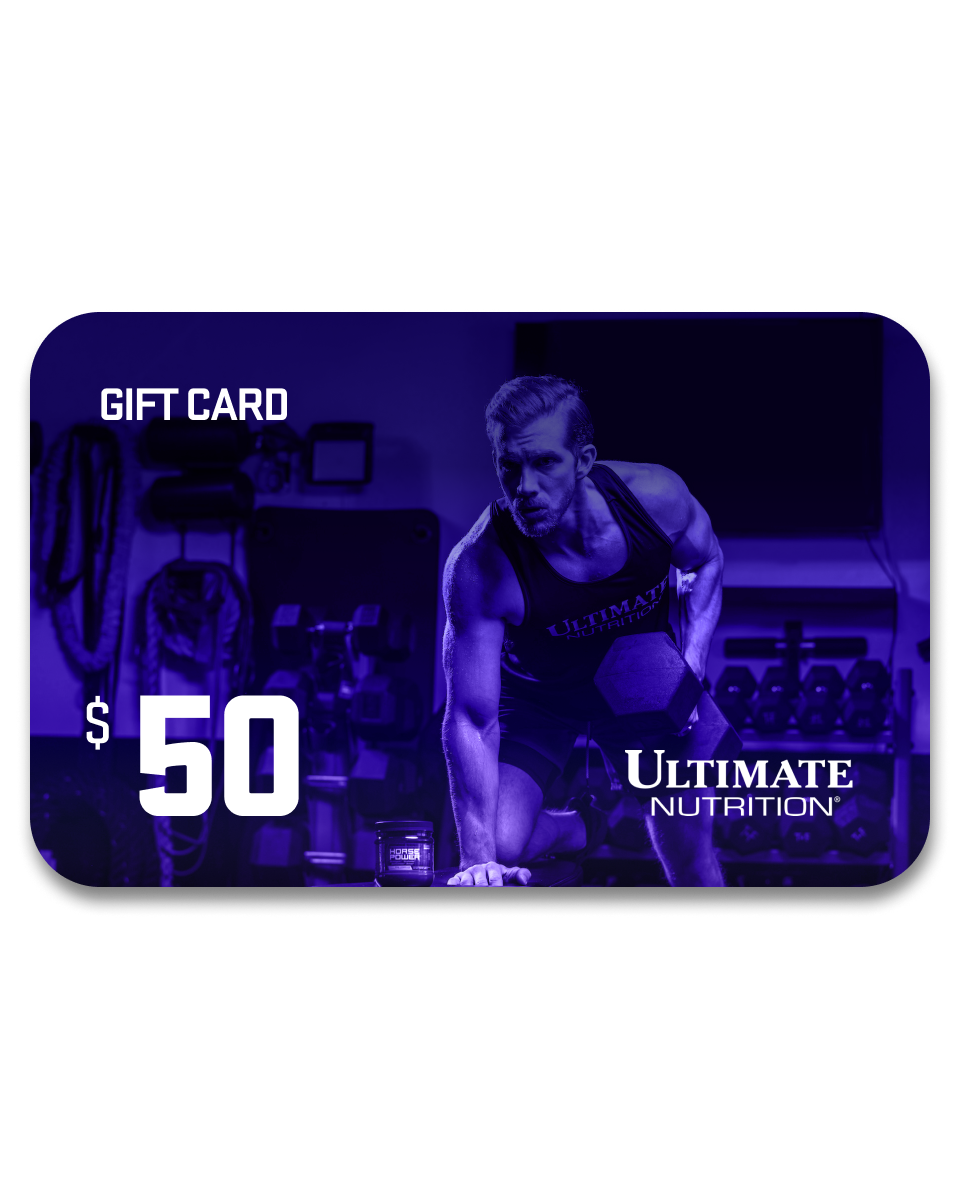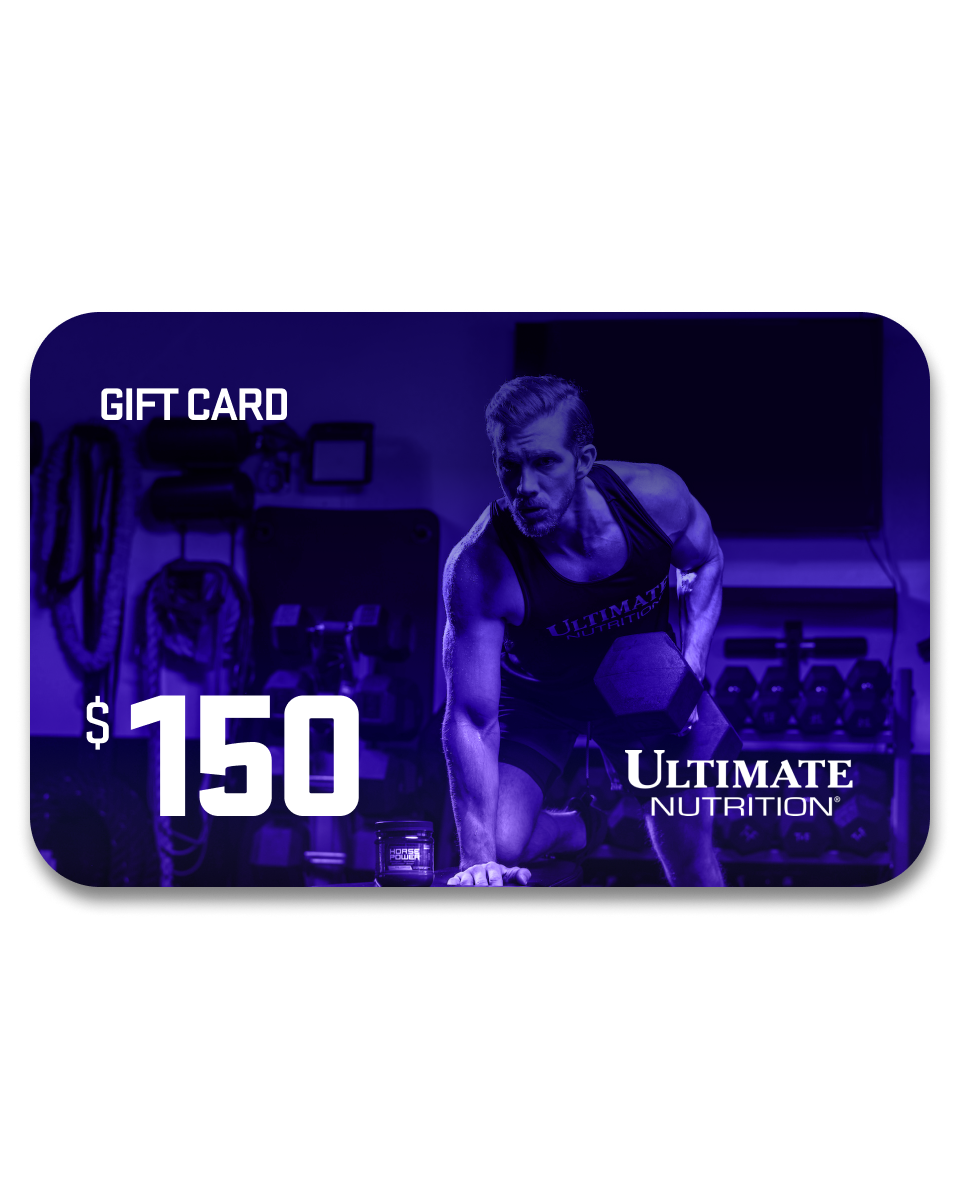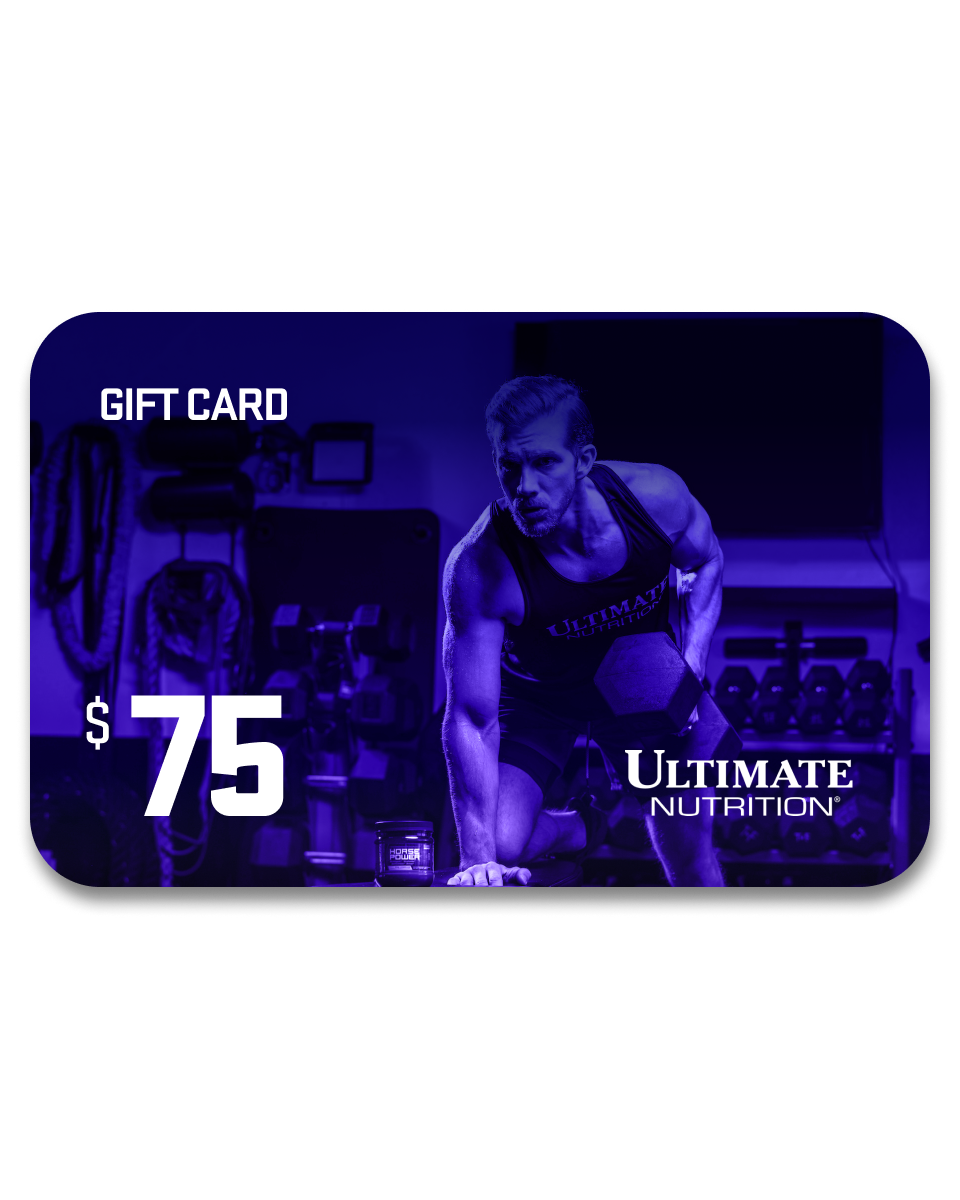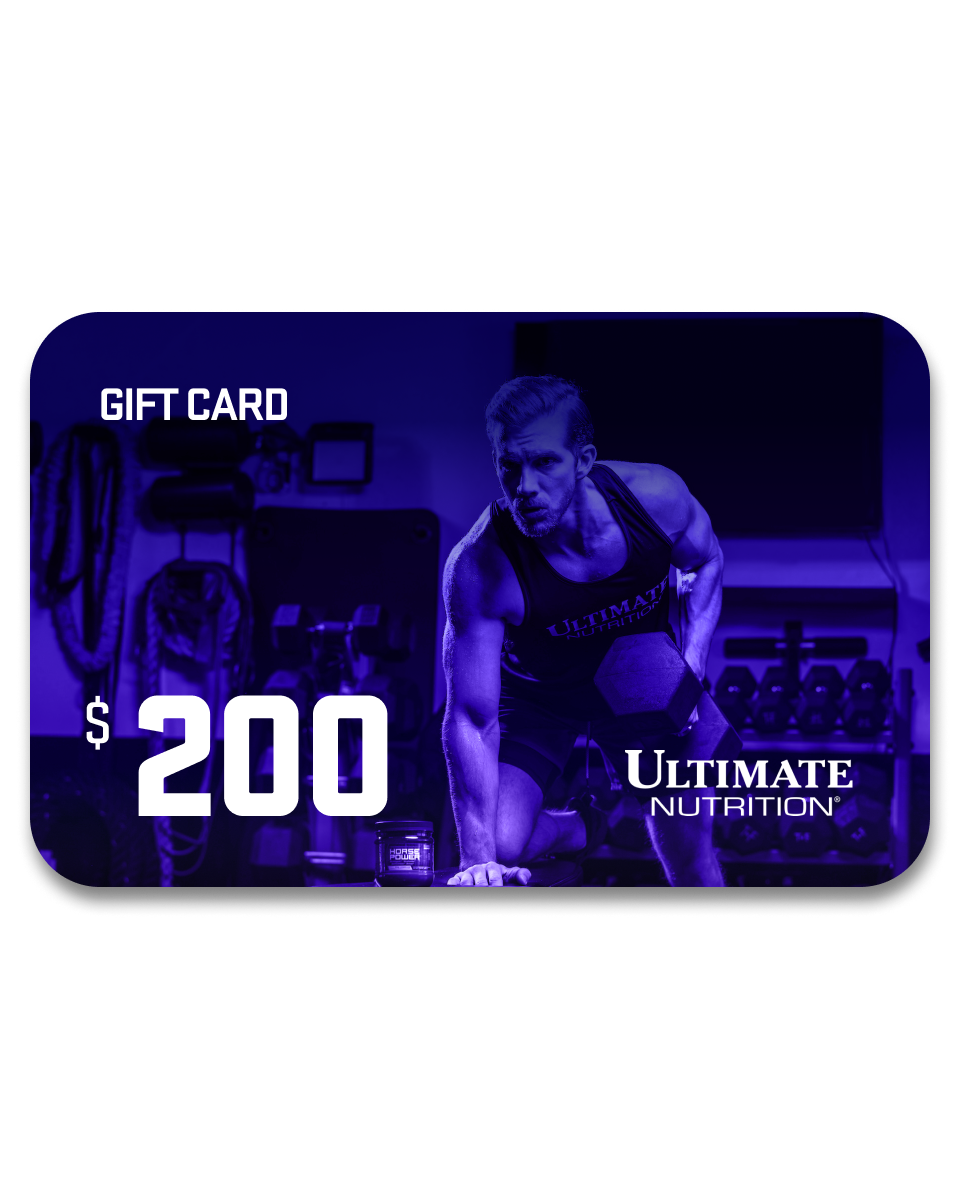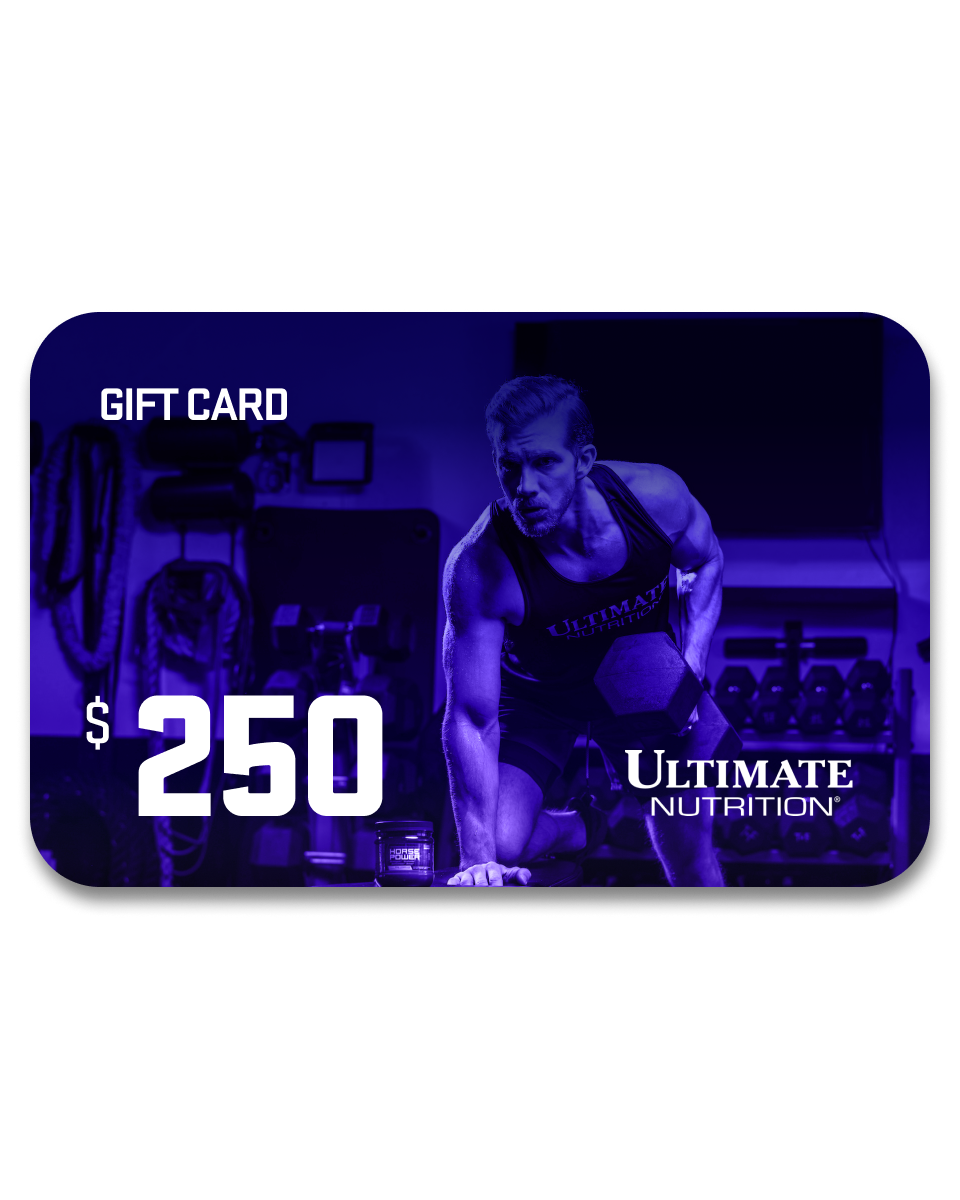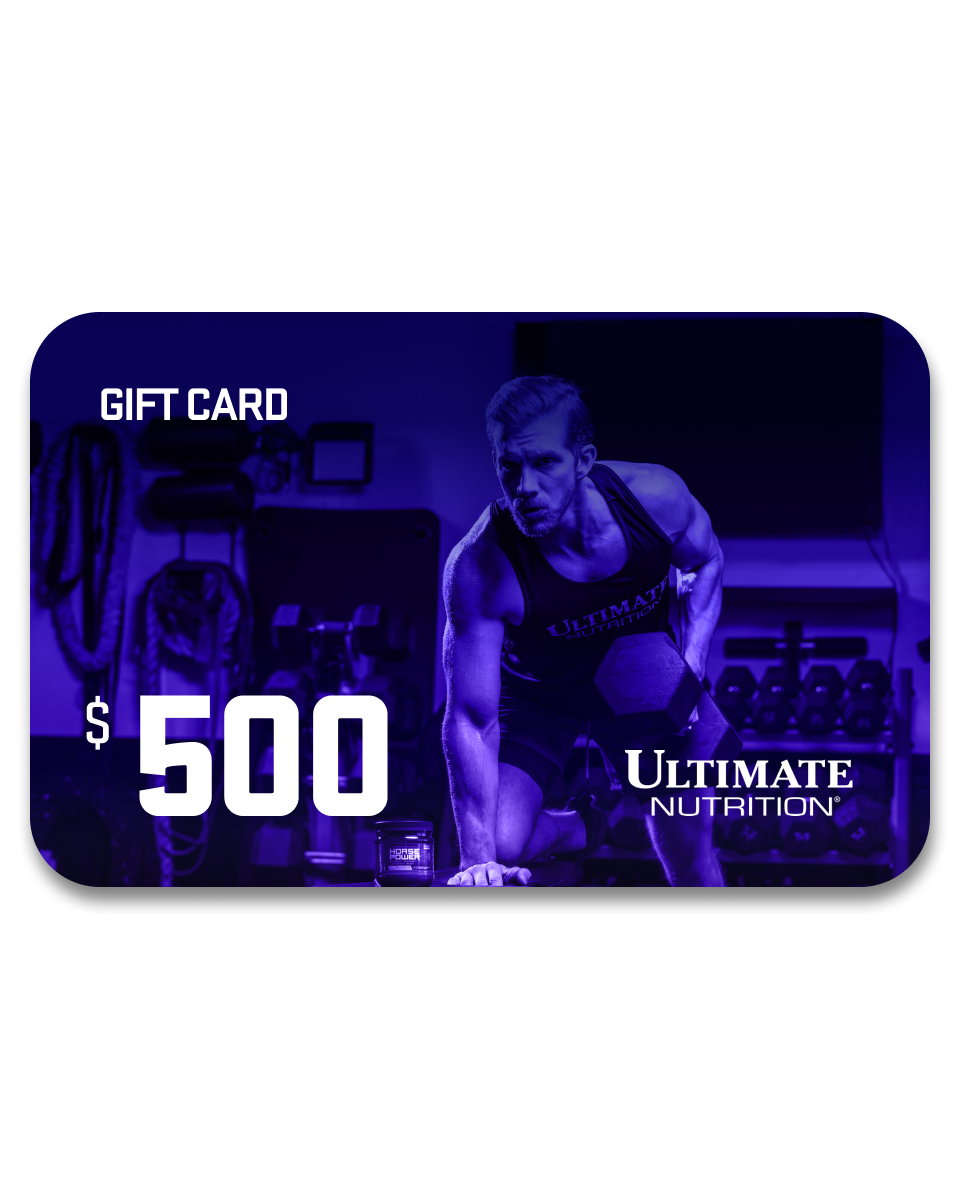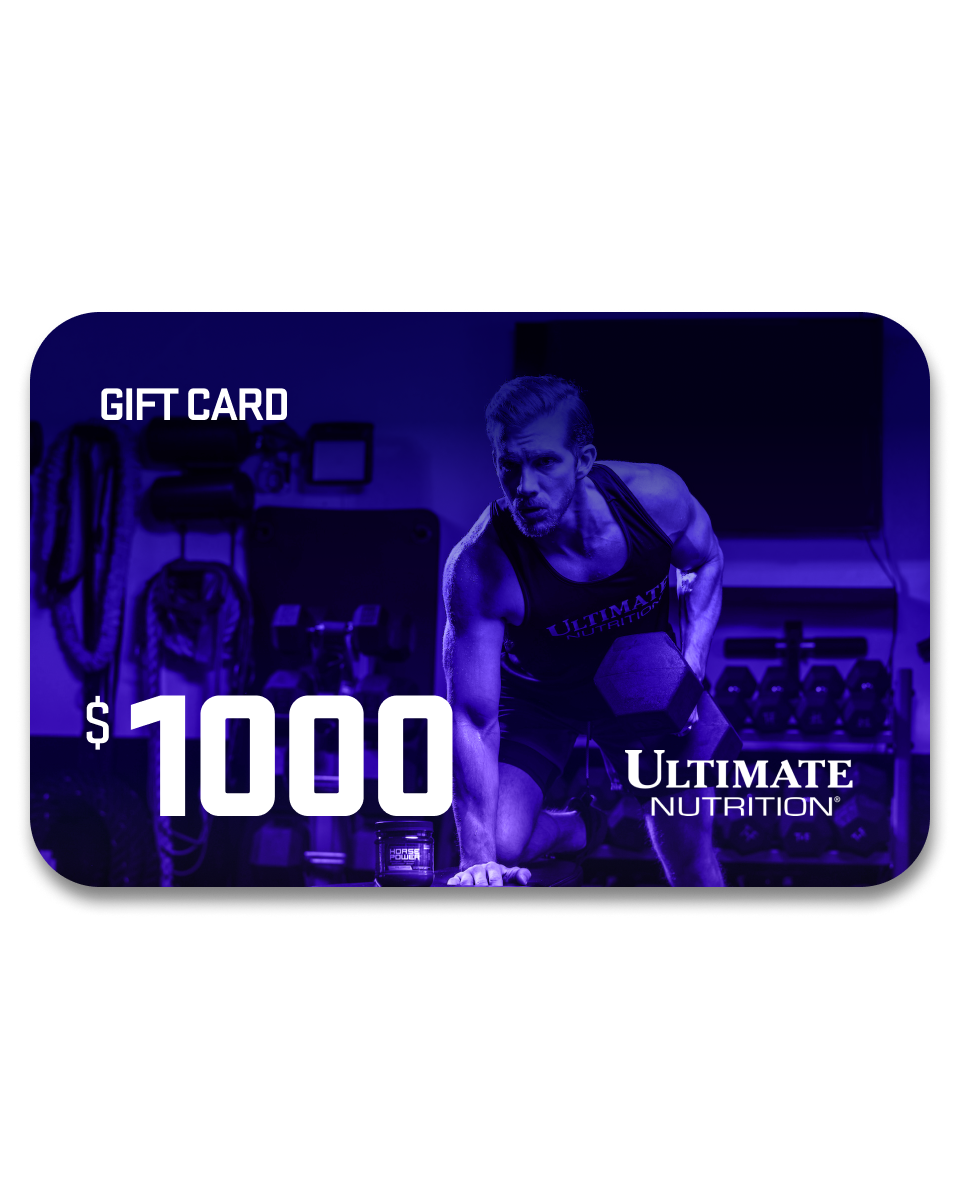Brace yourself. There’s a hard truth we need to cover.
Pounding the protein and spending hours a day resistance training may not get you very far in your fitness journey.
You may see the gains at first before quickly hitting burnout and unwanted plateaus.
The answer is to strategically implement proper nutrition, strength training, rest days, and cardio to achieve your best results.
Here’s how to do it.
What It Takes to Lose Fat
When it comes to losing fat, everyone is different. There are many genetic factors like metabolic rate, and behavioral and medical factors influencing fat loss.
In general, the most important component of fat loss is maintaining a calorie deficit. This refers to consuming fewer calories than you burn each day.
To lose fat safely and effectively, experts recommend aiming for a maximum of two pounds per week. This may mean decreasing your caloric intake by 500 or 750 calories per day.
Steer clear of extremely low-calorie deficits, which may involve consuming 1000 or 1500 calories per day. While you may lose weight quickly, research suggests you will most likely be losing water weight and muscle rather than reductions in fat mass and body fat percentage.
Sustainable steps are the only way to see consistent, sustainable change in body composition.
Let’s explore how to maintain muscle and lose fat sustainably.

Fat Loss and Muscle Retention Workouts
In order to accelerate fat loss and maintain muscle, you’ll need to exercise. But what types of exercises are best for burning more calories?
As mentioned earlier, we love resistance training for getting the burn on while encouraging muscle growth and maintenance.
Some examples of resistance training include:
-
Weight training
-
Bodyweight exercises
-
Resistance bands
Other specific examples of weight training can also include:
-
Squats
-
Deadlifts
-
Push press
-
Dumbbell snatch
-
Kettlebell marches and swings
But when it comes to listing the best fat-burning exercises for athletes, we’d be remiss if we didn’t mention cardio.

Don’t Forget the Cardio!
If you’re already sweating with the mere mention of cardio, you’re not alone. But don’t worry, there are endless ways to do cardio (and make it fun)!
Some examples include:
-
A brisk walk
-
Jogging
-
Soccer
-
Boxing
-
Cycling
-
Volleyball
-
High-intensity exercises
-
Swimming
-
Rowing
-
Hiking
-
Hockey
The Physical Activity Guidelines for Americans recommend adults do the following every week:
-
Resistance Training: Minimum of 2 days per week targeting all muscle groups.
-
Aerobic Exercise: Minimum of 150 minutes per week of moderate-intensity cardio or 75 minutes of high-intensity workouts.
Let’s look closer at the unique benefits of both high-intensity interval training and steady-state cardio.
Pro Tip: Check out our guide on strength training vs. cardio to see which burns more calories.
HIIT vs. Steady Cardio for Fat Loss
When it comes to cardio and fat loss, HIIT vs. low-intensity cardio is hotly debated. While it’s true that high-intensity cardio can burn more calories in less time, the results in terms of fat loss prove mostly the same.
Both are great for achieving your goals, but the major key is to maintain a calorie deficit to see results.
For example, if you have less time, try 30 minutes of HIIT instead of an hour-long jog.
Pro Tip: Check out our L-Carnitine supplement to support energy, metabolism, and heart health.
Now that we’ve addressed calorie deficits, here’s how to eat to maintain muscle.

How to Eat to Maintain Muscle
The key to meeting your nutrition and energy needs lies within a well-balanced diet primed for muscle growth and fat loss.
Research shows that, in addition to resistance training, eating a high-protein diet is one of the best ways to maintain muscle while losing fat.
Protein helps promote protein synthesis, the process by which amino acids (the building blocks of proteins) form into muscle mass.
Protein may help optimize fat loss by promoting feelings of fullness, boosting metabolism, and enhancing muscle recovery.
Experts recommend spreading your protein intake throughout the day, aiming for 1.2 to 1.6 grams of protein per two pounds of body weight.
Here are some of the best lean protein sources for muscle building and fat loss:
-
Chicken
-
Fish
-
Eggs
-
Tofu
-
Nuts
-
Beans
-
Protein shakes
-
Low-fat dairy products
Pro Tip: Check out our list of the best foods for bulking.
However, protein isn’t the only major component of a balanced diet. Complex carbs and healthy fats found in fruits, vegetables, whole grains, and high-fiber foods can help give you the energy to prevent fatigue on your fitness journey.
It’s also important to stay hydrated throughout the day. Consider replacing sugary drinks with low-calorie, low-sugar options like water, unsweetened tea, coconut water, and fresh vegetable juice.
The Relationship Between Nutrition and Exercise
It’s not just about what to eat, but when to eat to support fat loss while maintaining muscle.
Try eating a meal 60 to 90 minutes before exercising. Make sure to consider your macronutrients and portion carbs, protein, and healthy fats accordingly.
Carbs will help keep energy levels up during longer or high-intensity workouts. Protein contributes to muscle mass, strength, and power.
Remember that fat is slower to digest, so eating too much can make you feel sluggish for a longer period of time.
After exercising, aim to replenish your body with nutrients key nutrients like glycogen, protein, and insulin to boost energy levels, muscle growth, and recovery.
Consider eating 1 to 1.5 grams of carbohydrates per 2 pounds of body weight and 0.4 grams of protein per 2 pounds of body weight.
After any kind of resistance training, it may be a good idea to eat 40 grams of protein and 0.5 carbs per 2 pounds of body weight to keep your muscle gains up.
Now, let's move on to our bread and butter; supplements.
Turn Up Your Gains with Supplements
Research suggests that certain supplements may help improve muscle mass and recovery while promoting fat loss. These include:
-
Creatine
-
Protein
-
Polyunsaturated fats
Consult with a healthcare professional before starting a fitness and supplement program, especially if you are prone to certain health conditions, like high blood pressure.
Stay on Top of Recovery
To prevent fatigue, risk of injury, and allow muscles to repair and rebuild, you will want to carve out adequate rest time.
In general, the science shows it could take up to 48 hours for muscles to recover after a challenging resistance workout.
For example, if you perform resistance training three days a week, your schedule may look something like this:
-
Day 1: Upper body workout
-
Day 2: Lower body workout
-
Day 3: Full body workout
Recovery doesn’t mean sedentary, however, as there are plenty of active recovery exercises that will keep you moving while still allowing your body to recover.
The Skinny of It
Maintaining and growing muscle while losing fat is not only possible, there are numerous health benefits.
This is referred to as body recomposition in the fitness world. All it takes is implementing resistance training three times a week and performing short HIIT workouts or longer sessions of steady state cardio.
In addition to workouts, eating enough protein while maintaining a calorie deficit is key. In fact, most of your success will come from your diet. Make sure to balance it with enough protein, fiber, and good fats, and you should be seeing results in no time.
For more top fitness and nutrition tips, read the Blog at Ultimate Nutrition.
The information provided in our articles are meant for informational and educational purposes exclusively and should not be considered as medical advice. It is essential to consult a healthcare professional before starting a new nutritional product and/or making significant changes to your diet and/or starting a new exercise regime. These products are not intended to diagnose, treat, cure, and/or prevent disease.

